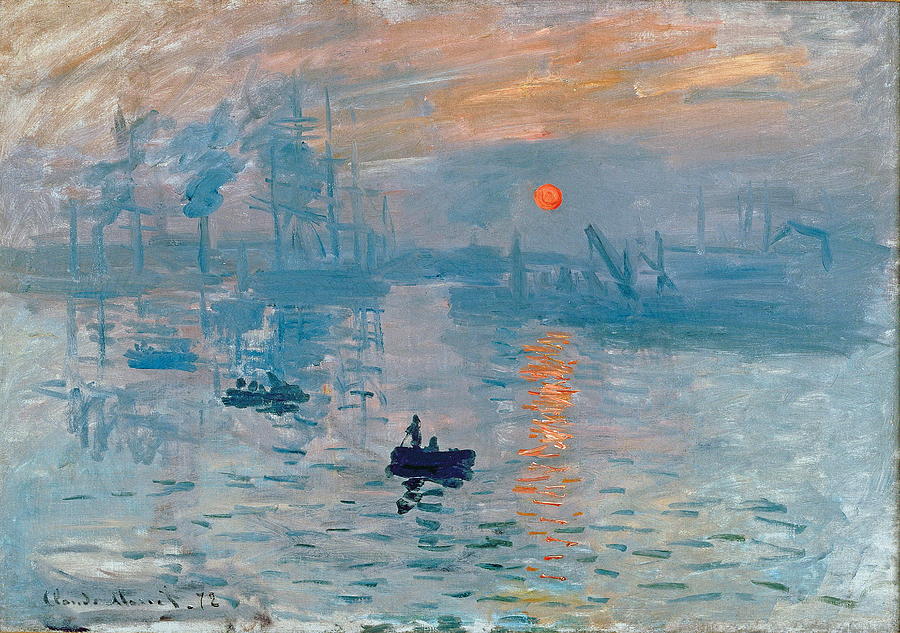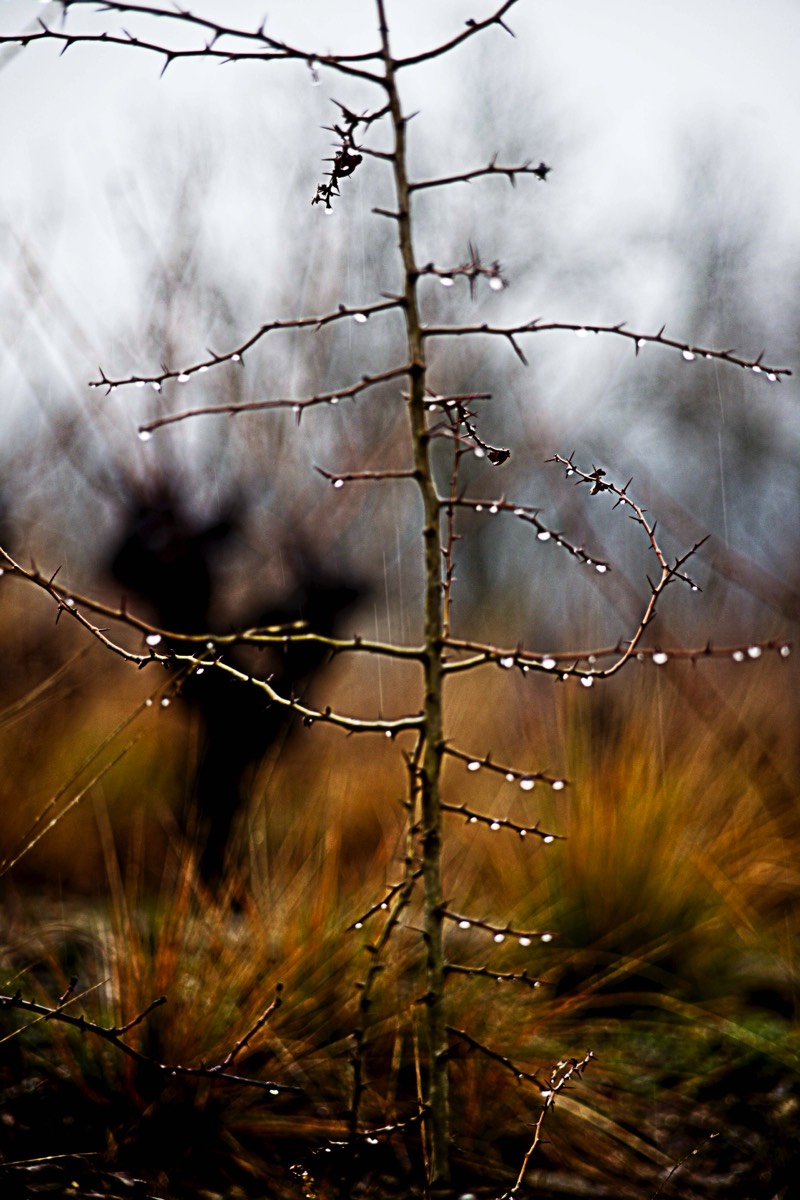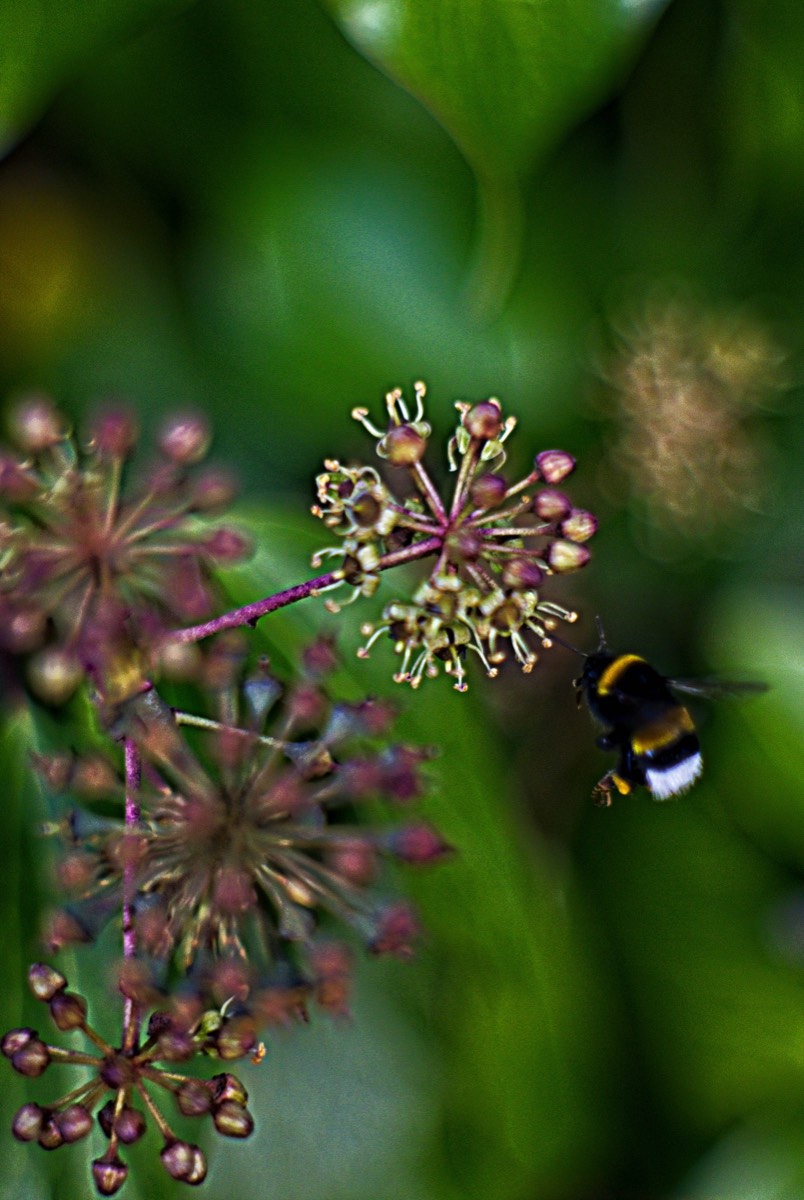I would always describe my own photography as “creative” or “fine art” photography. Fine art is usually defined in the context of museums and galleries and is used to describe an image that was created primarily for beauty and has no other function. It is the opposite of “applied art” which describes everyday objects (such as ceramics) which have been decorated to make them more aesthetically pleasing.
When I talk about “creative” and “fine art” photography I am talking about a style of photography rather than a method of production. In this context, it is art that was created for art’s sake. An image that was always designed to be primarily enjoyed for its beauty rather than its subject matter. I don’t need to visit a famous site or travel the world to find images. I am influenced by the impressionists painters and other like them. Impressionist painters used quick brushstrokes to resemble motion blur and bokeh we see in real life. In essence, the style itself is the impression of life we feel within. To me photography should focus on capturing atmospheres, changing light, and movements without prioritising sharpness or the objects being photographed.
Although it was a revolutionary movement, Impressionism actually had its roots in many other styles of painting, such as Realism and Naturalism, that were already challenging conventional notions of artistic beauty and the artist’s relationship with the state.
The Realism movement, championed by Gustave Courbet, was the first to confront the official Parisian art establishment, in the middle of the 19th century. Courbet was an anarchist who thought that the art of his time closed its eyes on realities of life.
The French were ruled by an oppressive regime and much of the public was in the throes of poverty. Instead of depicting such scenes, the artists of the time concentrated on idealised nudes, classical and mythological narratives, and glorifying depictions of nature. In photography I often think many people do the same thing. It is like painting by numbers, they look for the classic unreal look, tourist places even have place to stand to get the "perfect" images, whatever perfect is, probably just without any of imperfections that may spoil the perfect world narrative.
As an act of protest an early disrupter to the norms in art, Courbet financed an exhibition of his work directly opposite the Universal Exposition in Paris of 1855, a bold act that inspired future artists who sought to challenge the status quo. A close study of the detail, light, reflection, distortion and texture of an object is often the idea that I have in mind when taking a photograph. Leaning to really look at things as they are is not an easy task as we often see what we want to see not what is there. Fortunately as Lucian Freud cleverly stated 'The longer you look at an object, the more abstract it becomes' . The more truth you see and actually, the more beauty you see in the simplest of things alongside that truth.
I mentioned the impressionists because they focused not upon the object but on the light. Édouard Manet was among the first and most important innovators or what we would today call "disrupters" to emerge in the public exhibition scene in Paris. Although he grew up in admiration of the Old Masters, he began to incorporate an innovative, looser painting style and brighter palette than natural colours in the early 1860s. He also started to focus on images of everyday life rather than travel to famous sites, such as scenes in cafés, boudoirs, and on streets. His anti-academic style and quintessentially modern subject-matter soon attracted the attention of artists on the fringes and influenced a new type of painting that would diverge from the standards of the time.
With some practice, you can start to see potential in every object to become a subject for a piece of photographic fine art images. Many artists have preoccupied themselves with close studies of the world around them. The very term Impressionists was an insult made by French critic Louis Leroy, whose very hostile review of the first major Impressionist exhibition of 1874, seized on the title of Claude Monet's painting Impression, Sunrise (1873). Leroy accused the group of painting nothing but impressions influenced by inner feelings.
The Impressionists embraced the name, though in later decades they also referred to themselves as the "Independents," referring to the subversive principles of the Société des Artistes Indépendants, formed in 1884 by Impressionist painters who wanted to detach themselves from academic artistic conventions. Although the styles practiced by the Impressionists varied considerably (and in fact not all of the artists would accept Leroy's title) they were bound together by a common interest in the representation of visual perception, based in fleeting optical impressions, and the focus on ephemeral moments of modern life be it ba tree in the rain or a hungry bee in December…..
You don’t need expensive trips around the world to exotic places and to stand on the designated place for a photography by numbers experience or even need a whole team of people to help you to create creative fine art photography. You just need a keen eye, your camera, patience, your emotions and your local area. Plus a bit of a disruptive mindset.
Take images of the emotional impressions you feel within, not the objects as if you are something for sale on eBay and need it to look "better" than it really is!





